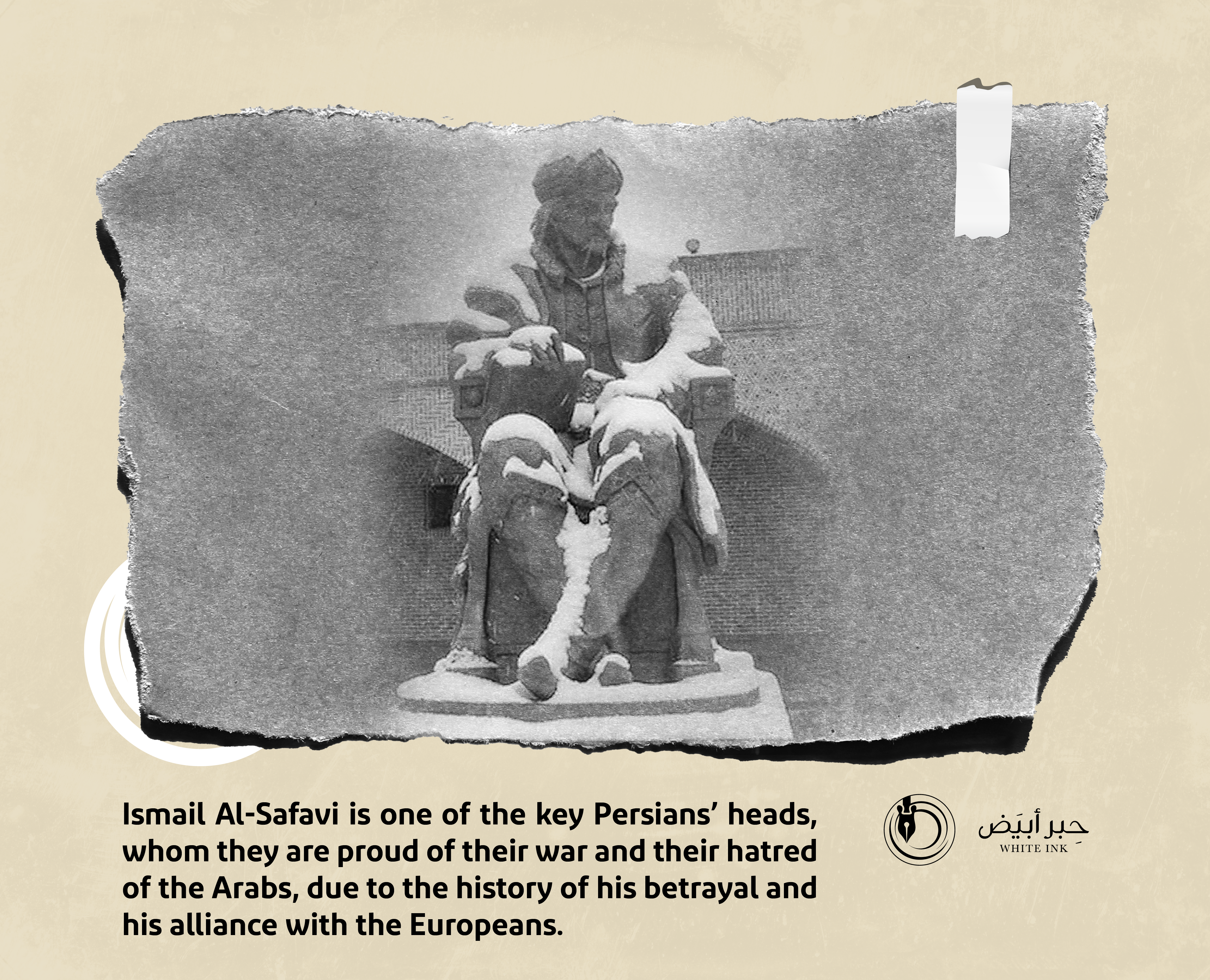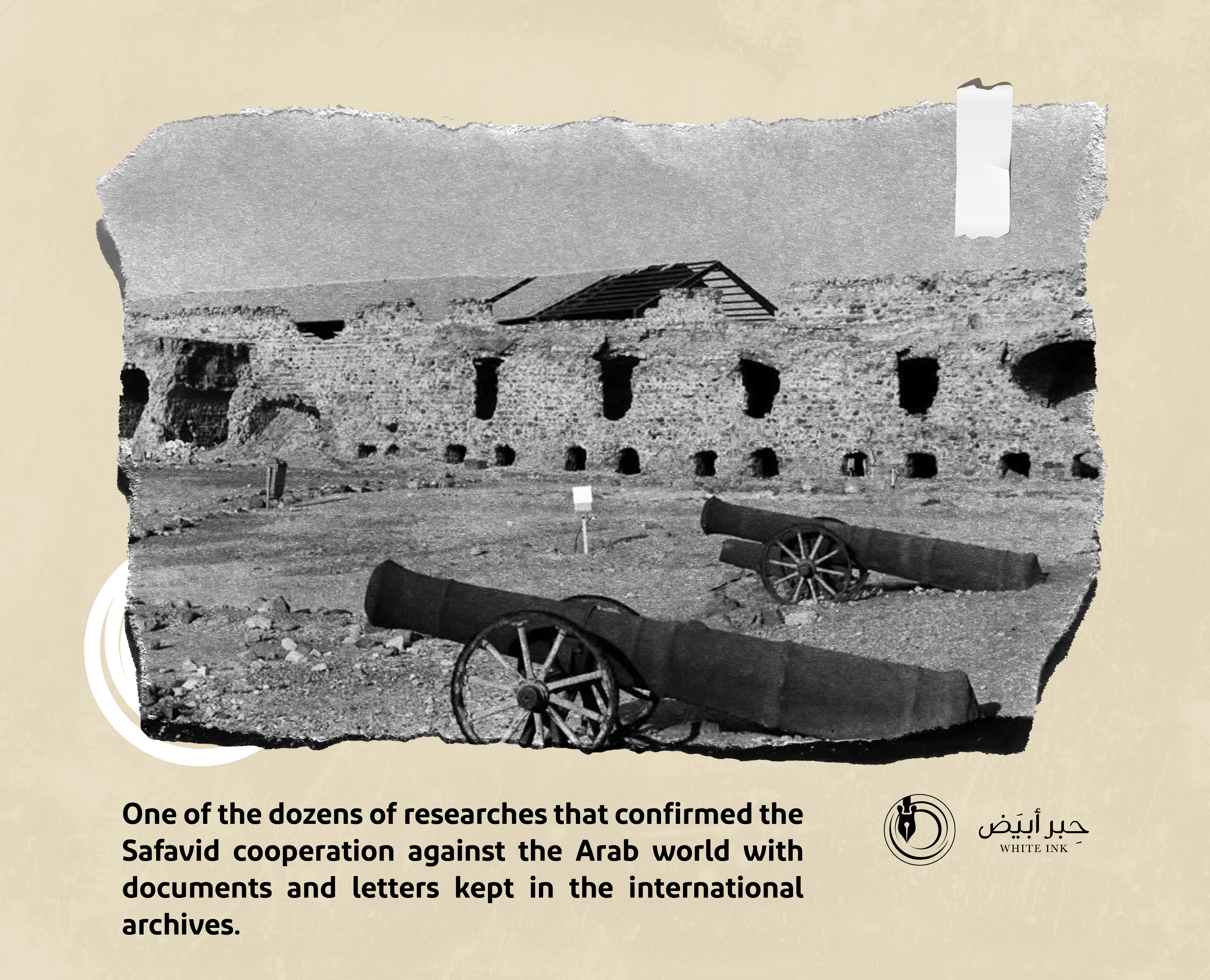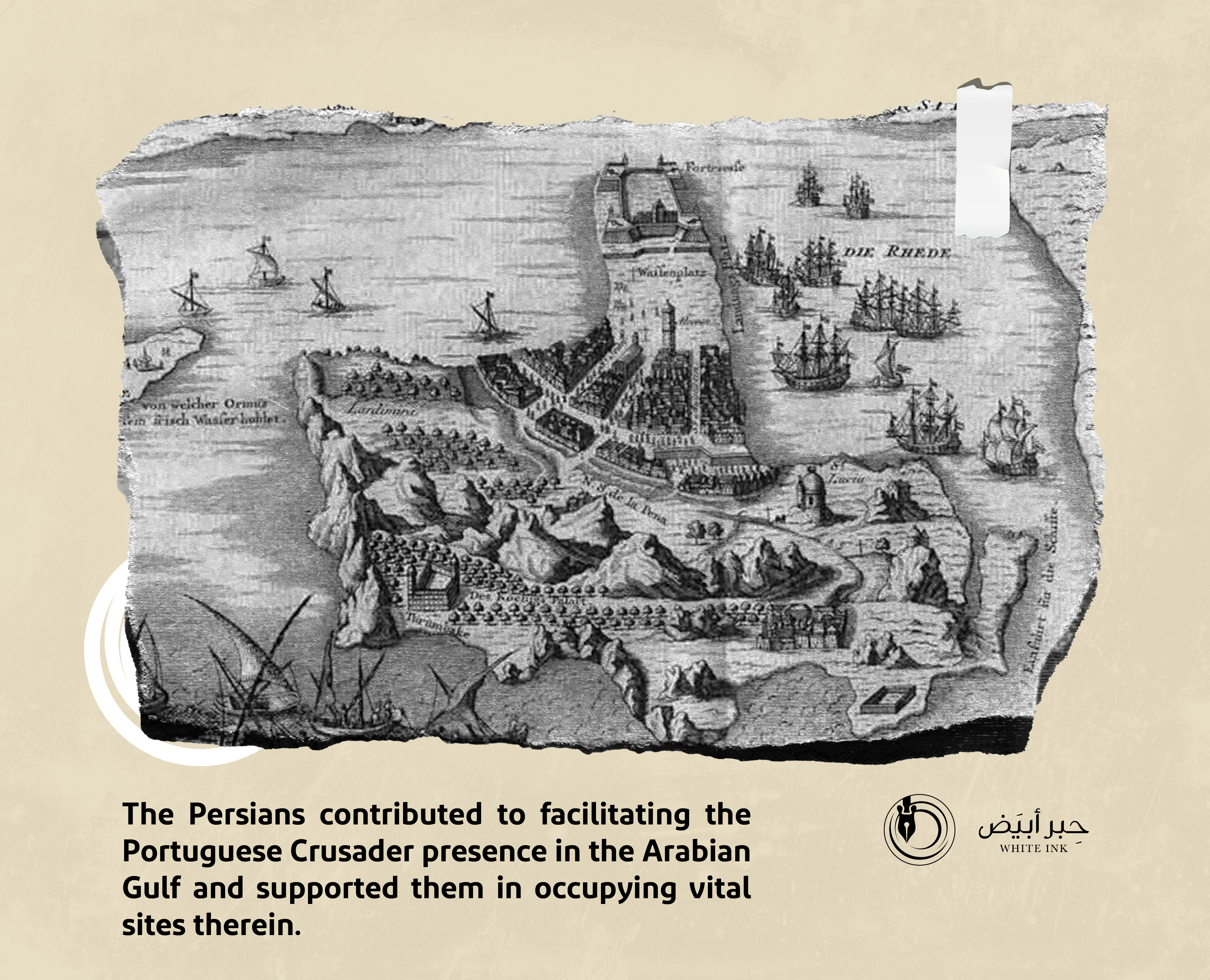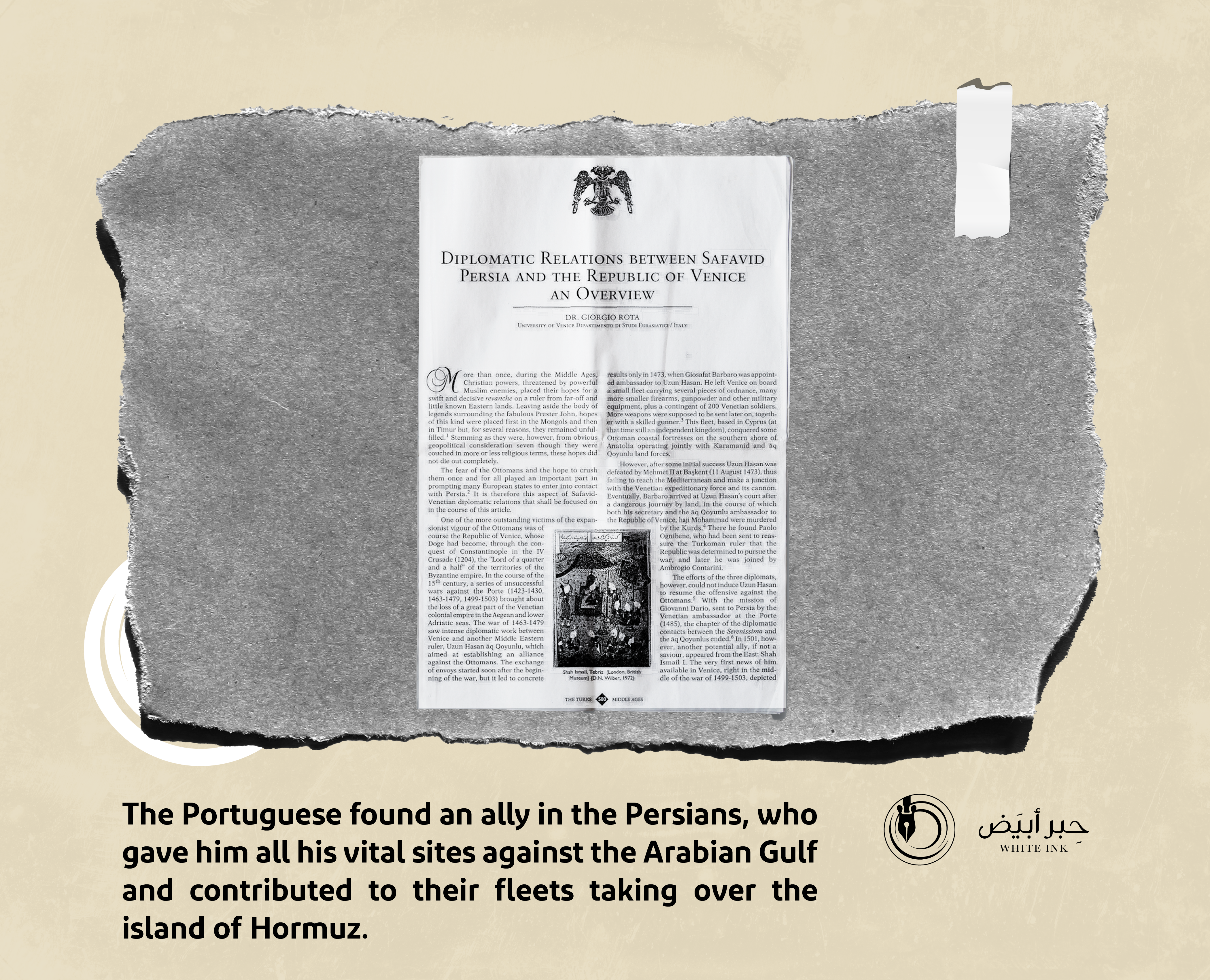
Persians Sought an Alliance with Habsburg Dynasty.
To Put the Arab East in Tough Situation
The history of international relations has never recorded that the Safavids allied with the Muslims against the Crusader West. No traces were spotted in the books that may refer to the Islamic nature of the Safavid regime in Iran, while there are hundreds of evidences that show that Iran was at the heart of the strategies that wanted to subjugate the Arabs, Islam and Muslims are for imperial agendas that Iran has striven to implement, even at the expense of some of its strategic interests.
Perhaps the first signs in the era of the Safavid state was that they searched for an objective ally that might help them in any anticipated confrontation with the East, thus putting the Arab region in a tough situation between Persian and Crusader pincers. It seems that the Persian ambitions towards the East and the loyalty of Qizilbash to the Safavid Shah have formed firewood for the clash, which would only succeed with their alliance with the Crusader West.
In this context, Venice was the first European power to draw the attention of Shah Ismail the Safavi to ally therewith; as its fleet was one of the strongest in the Mediterranean. Nevertheless, the war that the Venetians led against Pope Julius II, in addition to the peace treaty that had bound them with the Ottomans since 1502, made them apologize for answering the Persians’ request.
Those familiar with the history of Persian diplomatic relations and the nature of their behavioral structure know that Iran (mostly) avoids direct confrontations, whether with Arabs, Muslims or others, and, therefore, resorts to objective (and sometimes hybrid) alliances in order to network confrontation with Arabs and Muslims, thus ensuring political, diplomatic and military supremacy. They also work to disperse confrontation fronts with the “existential Arab enemy”, in a strategy that yielded in important results that made the Persians consider it a constant direction in their strategic planning.
Iran believed that there would be no way for it to penetrate the Arab world except through Western alliance.

The Persians strived to coordinate with states that bear strong hostility against Muslim East and did not stop at this point, but sent messengers to stress the necessity of uniting the Christian ranks. Shah Ismail Al-Safavi expressed his “surprise that the Christian kings of Europe are fighting a war among themselves instead of uniting”.
Therefore, the Persians and Habsburgs agreed on an alliance against their common enemy, yet the procedures for this alliance were not completed, especially after the death of Ismail Pasha Safavi in (1524). However, the Habsburgs returned to correspondence with the Persians in the hope of an alliance against the East, which was approved by Shah Tahmasb. However, poor coordination between the two parties thwarted that alliance.
It should be noted that the Persians were aware of the possibility of agitating the public through their alliance with the “infidel” Crusader West, so, as usual, they took the initiative to try to legitimize this alliance by resorting to one of their religious references, with the aim of finding the religious basis for that politically hybrid alliance, which is rejected both religiously and morally. It seems that the Persians found their target in Ali al-Karkari al-Amili, who issued a legal fatwa establishing that alliance.
The Persian hatred of everything that is Arab and Islamic made them draw the West into their vital surroundings, and this is what happened with Portugal, which for decades controlled the Strait of Hormuz and areas in the Arabian Peninsula. Perhaps the relative success of the Safavid-Portuguese alliance broke down after the Persians lost several battles in the east and the Portuguese withdrawal from the Arabian Gulf after they faced fierce resistance in Oman.


- Basem Hamza Abbas, Iran During the Reign of Shah Tahmasp I Safavid 1524 – 1576”, Al-Khaleej Al-Arabi Magazine, Volume (40), Issues 1 and 2 (2012).
- Khaled Al-Shintout, Safavid Threat to the Levant, a book published on the Khaled Al-Shintout’s website (2013).
- Samir Abdel-Razzaq Abdullah, Safavid-European Alliance Attempts Against Ottoman Empire 1508-1530, Ain Shams Literature periodicals, Volume 45, Yazilis-September (2017) issue.
- Salah Al-Mukhtar, Conflict of National Identities (London: Books, 2020).
- Abdel Aziz Nawar, History of the Islamic Peoples in Modern Era (Cairo: Arab Renaissance House, 1998).
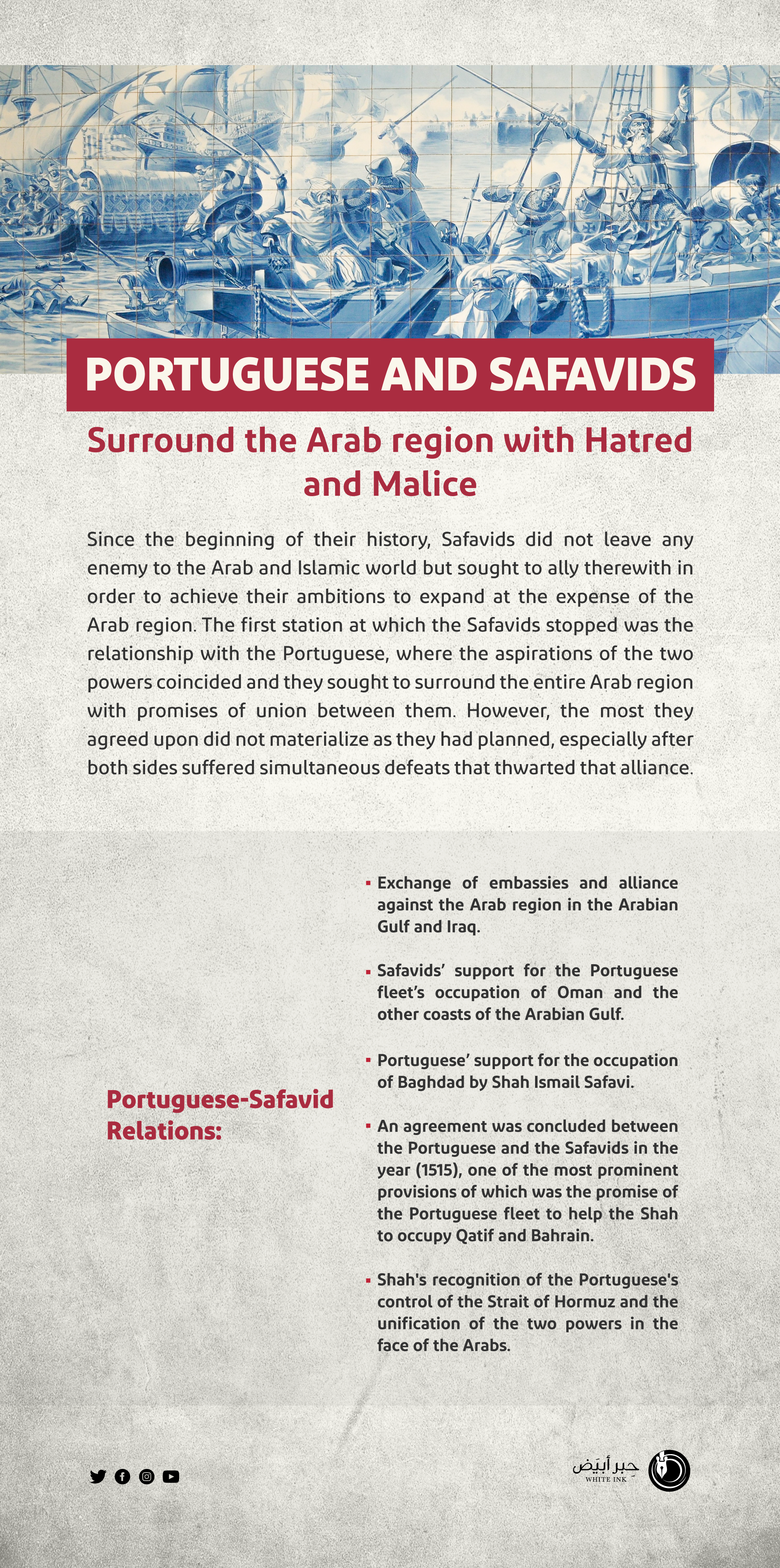
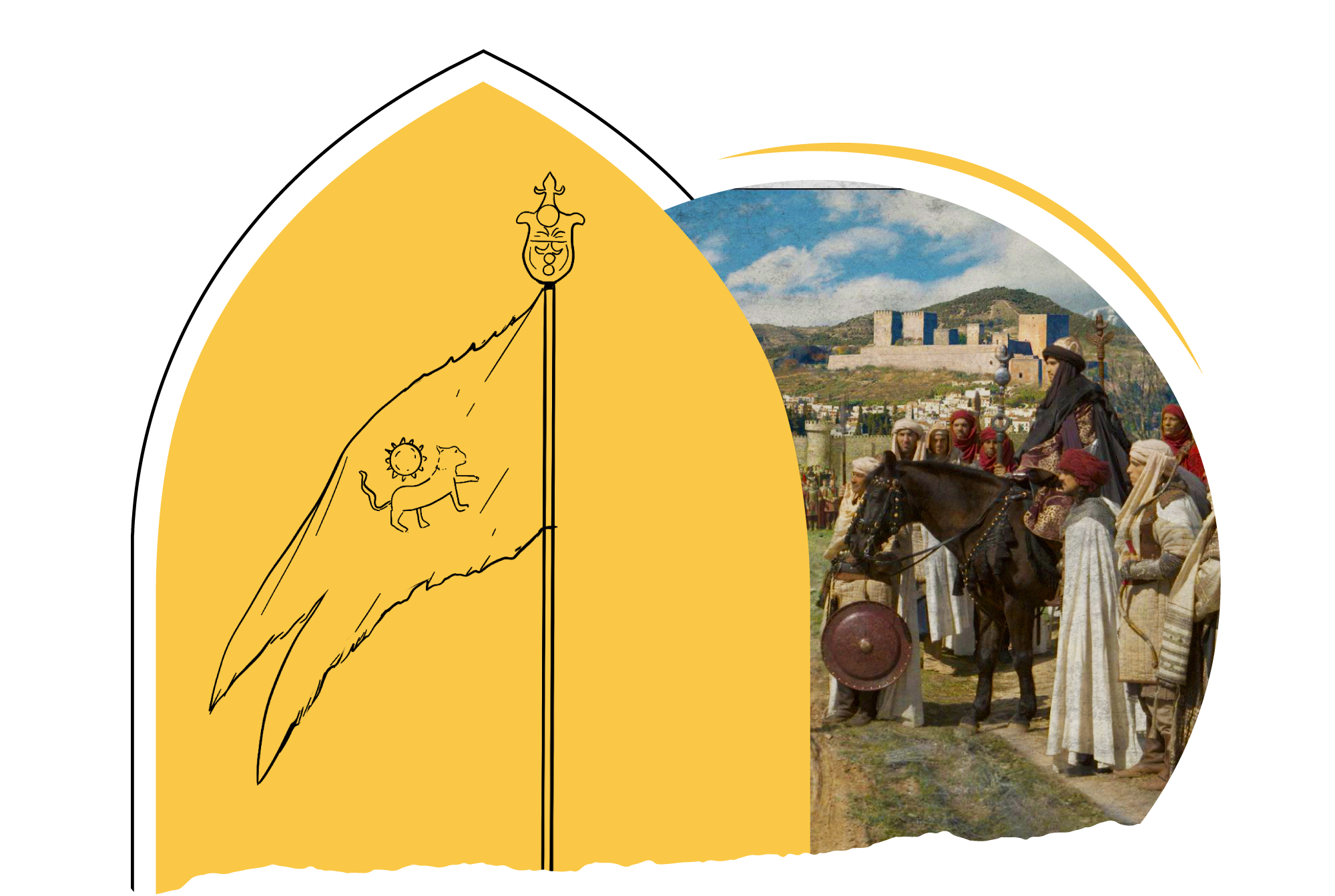
Defeats on Both Sides Failed Him
Portuguese Arranged for the Safavids a Plan of Attack on Islamic Sanctities with the Aim of Destroying Them
At the time when the Andalusian Arabs were destined to fall at the hands of the Spaniards in (1492), the Safavids were making strategic alliances with the rest of the European kingdoms: the Portuguese and the Austrians, targeting the Arabs of the East. The most important of them was what was later known as (the Persian Habsburg Pact). It was another betrayal woven by the Persians against the Arabs of Andalusia, who were desperate for any help from the Muslim East, as they perceived it to be. However, that was not important to the Persians. On the contrary, they seized the opportunity completely opposite to the aspirations of the Muslims of Andalusia.
The Safavids betrayed the Andalusians by converting their aspirations from victory to warfare.

The danger the Safavids posed to the seed of Islam and the lands of the Arabian Peninsula in particular was greater than we can imagine. The Safavids were not a rebellious group that seized power in Iran, but rather an extremist state with a fierce ideology, driven by deep hostility against the Arabs. They considered the Arabs and Sunni Muslims as direct enemies and legitimized the foreign presence in the Arab seas and states by concluding agreements with Portugal in the Arabian Gulf, understanding the Portuguese presence in the Red Sea. They even did not oppose the Portuguese who expressed in official correspondence with the Safavids their intention to occupy and bomb the city of Jeddah, thus destroying Makkah Al-Mukarramah.
In his publication entitled “Persian-Crusader Alliance Throughout History”, Researcher Hussein Al-Sabawi pointed out saying: ” Persian-Crusader alliance is an ancient alliance that began since the emergence of the Islamic religion and its spread in the Arabian Peninsula, the Levant, Egypt and Iraq, i.e., since the fall of both the Persian and Byzantine-Roman empires”. When we talk about the Persians, we mean the Persian peoples, including the Persians, the Mongols and the Tatars, who allied with the Crusaders against the Arabs and Muslims.
Here, the researcher confirms the establishment of three alliances between the Persians and the Crusaders against the Islamic world, which resulted, among other results, in the destruction of the Arab and Islamic states, killing of hundreds of thousands of Muslims. Iraq suffered the largest part of destruction, killing and displacement, as a result of this ill-fated alliance. However, the key result was the fall of the Abbasid Caliphate and the occupation and destruction of Baghdad in (1258).
The fall of the Abbasid Caliphate, and the occupation and destruction of Baghdad in the year (1258 AD).
The alliance actually began at the beginning of the sixteenth century, following the Safavid agreement of Shah Ismail and his alliance with Charles V, Emperor of Austria during (1516-1519). Then Carlos I of Spain joined this alliance and sent an envoy to Shah Ismail offering him his support. Correspondence and envoys went on between them until Shah Ismail responded to these messages with a letter written in Latin in the year (1523), to Charles V, offering to coordinate joint operations between them. Contacts between Austria and Persia were resumed in the year (1593) when Emperor Rudolph II of Prague sent a message to Shah Abbas for the purpose of resuming the alliance between them. That alliance lasted until 1615.
As for the alliance of the Safavids with the Portuguese, it was in the year (1509), when Albuquerque, the Portuguese commander, sent his envoy Gomiz to Shah Ismail, with a message in which he stated: “I appreciate your respect for the Christians in your country and I offer you the fleet, soldiers, and weapons to use against the fortresses of the Turks. If you wish to swoop into Arabia or attack Mecca, you would find me next to you in the Red Sea in front of Jeddah or in Aden or Al-Qatif”.
The most important results that yielded from the Safavid Crusader alliance was the state’s retreat from Islamic conquests in Europe, the occupation of the Portuguese fleet of Oman and the rest of the Gulf coasts, the occupation of Baghdad by the Safavid Shah Ismail and the conclusion of an agreement between Portugal and the Safavids in the year (1515). One of the key provisions of that alliance was to provide assistance to the Shah by the Portuguese fleet to occupy Qatif and Bahrain. The Shah also recognized the Portuguese’s control of the Strait of Hormuz and the unification of both forces in the face of their common enemies, as they agreed.
However, that alliance ended at the beginning of the eighteenth century, when the Safavid state lost several battles and the Portuguese withdrew from the Persian Gulf after they faced Oman’s resistance.
Therefore, Abdul Aziz Al-Mahmoud confirms in his book, Return of the Safavids, that the close relationship between the Europeans, especially the Portuguese with the Safavids, prompted them to present the idea of the Safavid Shah’s attack on the Holy Land and uprooting it completely.


- Basem Hamza Abbas, Iran During in Reign of Shah Tahmasp I Safavid 1524 1576”, Al-Khaleej Al-Arabi Magazine, Volume (40), Issues 1 and 2, (2012).
- Khonji Amir, Safavid Iran (Cairo: Al Nafaza Library, 2010).
- Abdul Aziz Al-Mahmoud, Return of the Safavids (Cairo: Imam Al-Bukhari Library, 2007).

Safavid State
Story of Struggle on the Way of Betrayal
Since the beginning of the sixteenth century AD, the colonial and expansionist ambition and aspirations of Shah Ismail Al-Safavi began in the Arab region. These aspirations racist and sectarian against the Arabs and others who were not adopting his belief. To achieve that ambition, he went to search for strong allies to back him against his enemies. Venice was the first European force to which the Safavid Shah sends his embassy, in 1508, to ally therewith against the Arab East because if its fleet that was one of the strongest naval fleets in the Mediterranean. However, Venice apologized for that alliance because they were busy in a war with the Pope of the Vatican thence.
Shah Ismail al-Safavi also sought to search for another European ally; i.e., another European colonial power represented by the Portuguese, according to historical documents, which are deemed an important source in writing history, and even inspiring for researchers to extrapolate history, clarify facts and put things in their realistic historical context. For example, Portuguese documents revealed to us the alliance that took place between Ismail al-Safavi and the Portuguese viceroy in India, Alfonso Albuquerque, against our Arab region. That plan aimed for the Safavid Shah to keep the Mamluk sultan in Egypt busy so that Albuquerque could penetrate the Red Sea, seize Jeddah and reach Suez in Egypt. Thus, Al- Safavi threatened to invade Aleppo and the Levant, while Albuquerque was present with his military fleet in the Red Sea in the year (1513), which caused confusion for the Mamluk Sultan.
Thereafter, Shah Ismail Al-Safavi developed a plan to entrap the Mamluks and the Ottomans, and worked on the departure of Sultan Al-Ghuri from Egypt to reconcile the gap between him and the Ottomans. Hence, Sultan Al-Ghuri left Egypt without being actually ready to fight. In this regard, Egyptian historian Ibn Zunbal said: “Many of Al-Ghuri soldiers did not believe that they went out to fight, but rather to make peace. However, the situation developed until both parties fought against, ending with the great defeat of the Mamluks in the Battle of Marj Dabiq in the year (1516). The plan was for Shah Ismail and Albuquerik to share the Arabian Gulf with its islands, provided that the Shah would seize both sides of the Arabian Gulf in return for allowing the Portuguese to establish Portuguese forts and commercial centers on both sides thereof. However, it was the will of Allah that Shah Ismail was defeated in the same year and his kingdom and power were diminished.
Perhaps it was of the appreciation that the Shah received from the Portuguese commander Albuquerque and his envoy, Ruy Gamez, to Shah Ismail the Safavi, that he carried him a letter in which he mentioned to the Shah: “I appreciate your respect for the Christians in your country and I offer you the fleet, soldiers, and weapons to use against the fortresses of the Turks. If you wish to swoop into Arabia or attack Mecca, you would find me next to you in the Red Sea in front of Jeddah or in Aden or Al-Qatif”, in addition to some instructions to Gomez, in which he said: “The first goal of your trip, regardless of the way and how you can accomplish it, is to go directly to Shah Ismail, and upon your arrival you will give him the reverence and esteem befitting a king so great.”
In fact, Portuguese documents indicated the extent of the secret work and conspiracy of Shah Ismail with the West. Iran is still following in his footsteps to the present day. A Portuguese document indicated that Albuquerque had been sent to the kings of Europe at that time urging them to provide experts to Shah Ismail Safavi in the manufacture of cannons. He urged them to cooperate with the Shah and to rely thereon as their ally in the region. Among the manifestations of the friendly relations between both sides is that Shah Ismail sent to Albuquerque congratulating him on the seizure of the important island of Hormuz in the Arabian Gulf in the year (1515), asking him to conclude agreements and establish relations of alliance and friendship between them. The Shah even presented him with a precious gift.
Meanwhile, in year 1518, Shah Ismail sent ambassadors to the kings of Hungary and Poland, inviting them to unite with him to fight their common enemy. In the Shah’s message to the King of Hungary he said: “We are expecting, with full insistence, that you will thoroughly consider out request, as, in April, we shall have to attack from our common enemy on both sides.”
Such correspondence remained between Shah Ismail the Safavi and the kings of Europe, including the Austrian Emperor Charles V, to whom the Shah sent a letter written in Latin in the year (1523), in which he offered to coordinate joint operations against the common enemy. Charles V showed great response and interaction with the Shah, stating in his response: “But due to our special longing, we accepted the hospitality of the bearer sent by you and we accepted the message”.
However, the death of Shah Ismail in 1524 slowed down that frantic move against the Arab East, only to be resumed with his successor. Emperor Charles V sent a message through his envoy, Frere Boutros, informing him of the following: “The Emperor is determined to wage war and the Shah shall have to send envoys whom he trusts to inform the Emperor of his decision as soon as possible.”
Correspondence continued between Austria and Persia in (1593) when Emperor Rudolph II of Prague sent a letter to Shah Abbas for the purpose of resuming alliance between them. That alliance continued until the year (1615).
Portuguese-Safavid alliance began in (1509), which is known as the Safavid-Hisporkian alliance or Safavid-Austrian alliance, which began at the beginning of the sixteenth century AD. The Safavids knocked every door of the Crusader kings of Europe to achieve their expansionist aspirations in the Arab East, hoping to restore their defunct empire in history. They are still on this path, weaving intrigues and conspiracies against our Arab nation in various forms.
Persians did left no European empire without trying to urge against the Arabs and Muslims.



- Jamal Zakaria Qassem, Arabian Gulf… A study of the History of Arab Emirates in the First European Expansion Era 1507-1840, (Cairo: Dar Al-Fikr Al-Arabi, 1977).
- Samira Abdel-Razzaq, “Attempts of the European Safavid Alliance Against Ottoman Empire 1508-1530”, Cairo, Ain Shams Literature Periodical, Issue 45, July-September (2017).
- Abd al-Rahman al-Sheikh, “Three Portuguese documents on the plan to seize the Arab world at the beginning of the sixteenth century,” translated and edited by Abd al-Rahman al-Sheikh, Riyadh, Manuscripts World Magazine, King Abdul Aziz Public Library, Issue 5, September (2000).
- Falakh Handal, Arabs and Portugal in History (Abu Dhabi: Publications of the Cultural Foundation, 1997).


